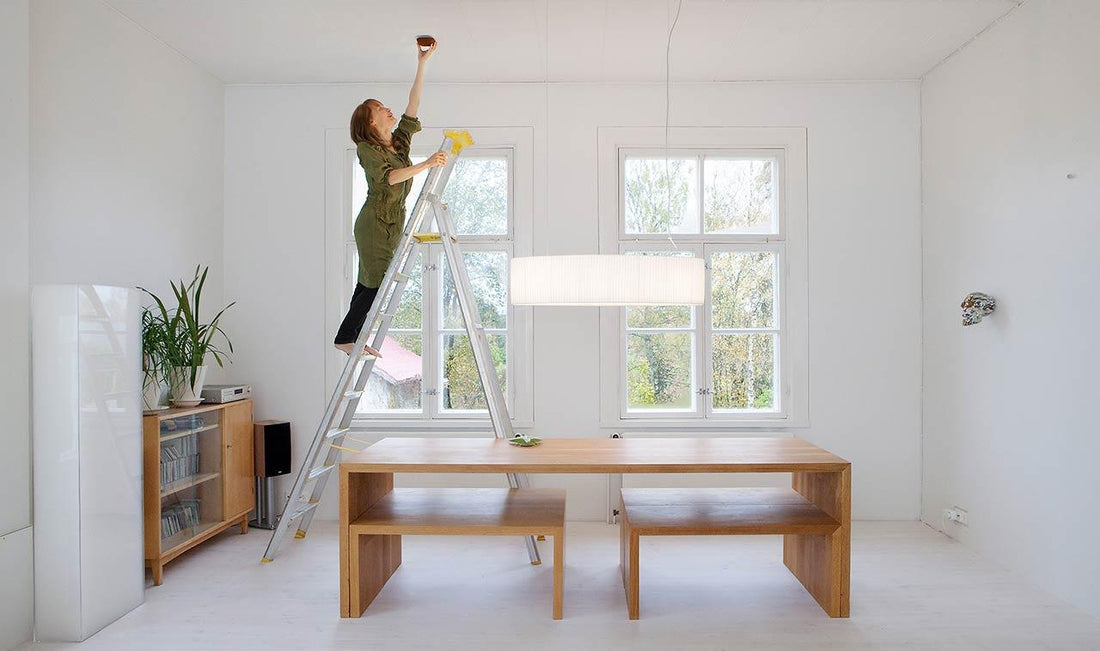Taking care of your property’s fire safety should be one of the top priorities of a homeowner. Perhaps you’ve already done your research and purchased smoke alarms for your home (and if not, our post ‘What kind of smoke alarm should you buy?’ is a great place to start!) but aren’t sure where and how to install them. Or maybe you did install everything, but now your alarm won’t stop chirping and you’re not sure if it’s working properly? In this post, we’ll guide you through the process of installing and maintaining smoke alarms in your home.
Installing smoke alarms
The regulations on how and where to install your smoke alarms vary slightly from country to country. Make sure to follow the instructions from your local authorities. Here are some general guidelines that will get you started:
How many smoke alarms do you need?
Of course, the more smoke alarms you have, the better (as long as they’re placed correctly). That said, the minimum number depends largely on your house’s layout. One smoke detector can cover at maximum 60m2 on a single floor, so large multiple story houses would naturally need more detectors than smaller ones. (Tukes)
Where to place your smoke alarms?
You should have at least one smoke alarm each floor. A good placement is somewhere where the alarm is able to reach you as early as possible, i.e. hallways outside bedrooms or near the stairs. Smoke alarms should be installed on the ceiling, as smoke rises. Try installing the alarm to the center of the room, at least 50 cm away from the walls, corners or roof beams. Don’t place the alarm too close to windows, vents or doors, as the air flow might disrupt its functions. Keep in mind that having your alarm in the kitchen or bathroom might easily trigger false alarms.
Maintaining smoke alarms
- Always maintain your smoke alarms according to the manufacturer’s instructions. You can find Jalo Helsinki’s FAQ, installation instructions and manuals here.
- Test your alarms once a month to make sure they’re working properly and aren’t low on battery. If the alarm doesn’t make a sound or the sound is quiet when tested, it’s time for new batteries.
- When doing your monthly testing rounds, take a moment to dust and clean your alarms.
- If the alarm is chirping on its own every 30-60 seconds, it’s also a sign that the battery needs changing.
- Change the batteries on your alarms at least once a year.
- Some smoke alarms are designed to last for 10 years with non-replaceable batteries. When they start chirping or reach their expiration date make sure to replace them with new detectors.
Increase the fire safety of your home
By correctly installing and maintaining your smoke alarms, you can rapidly increase the fire safety of your home. Finding the right places for your smoke detectors and then taking a little time each month to make sure they’re working properly is a small liability to pay for you and your family’s safety.

